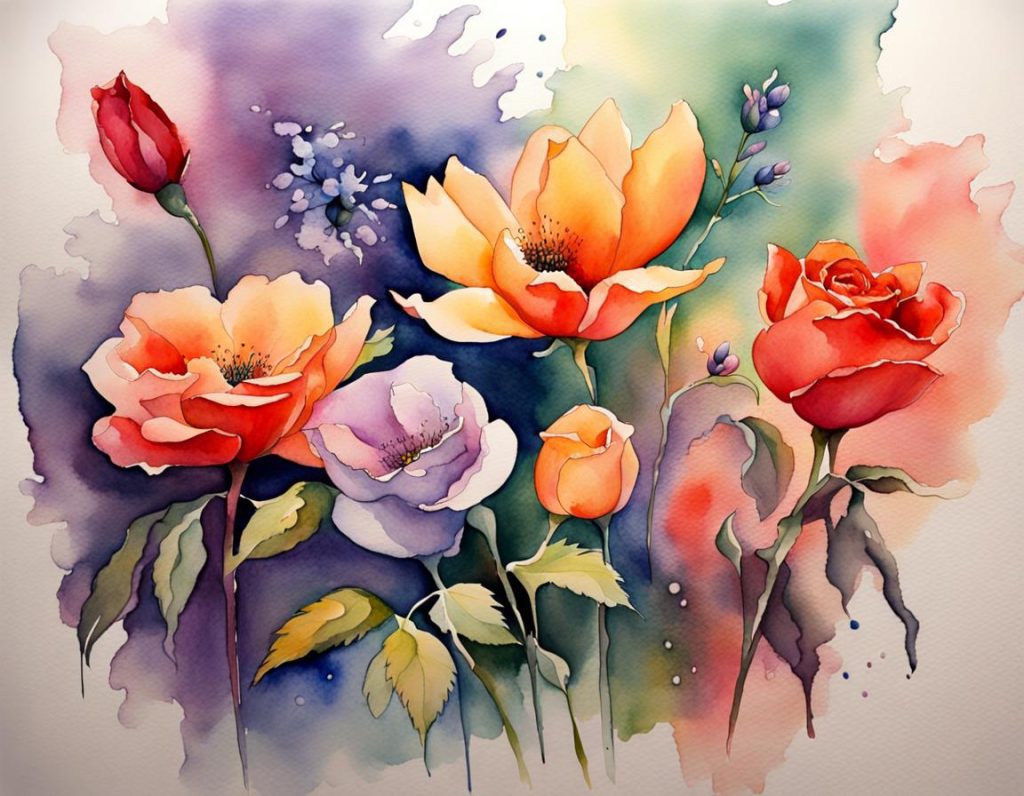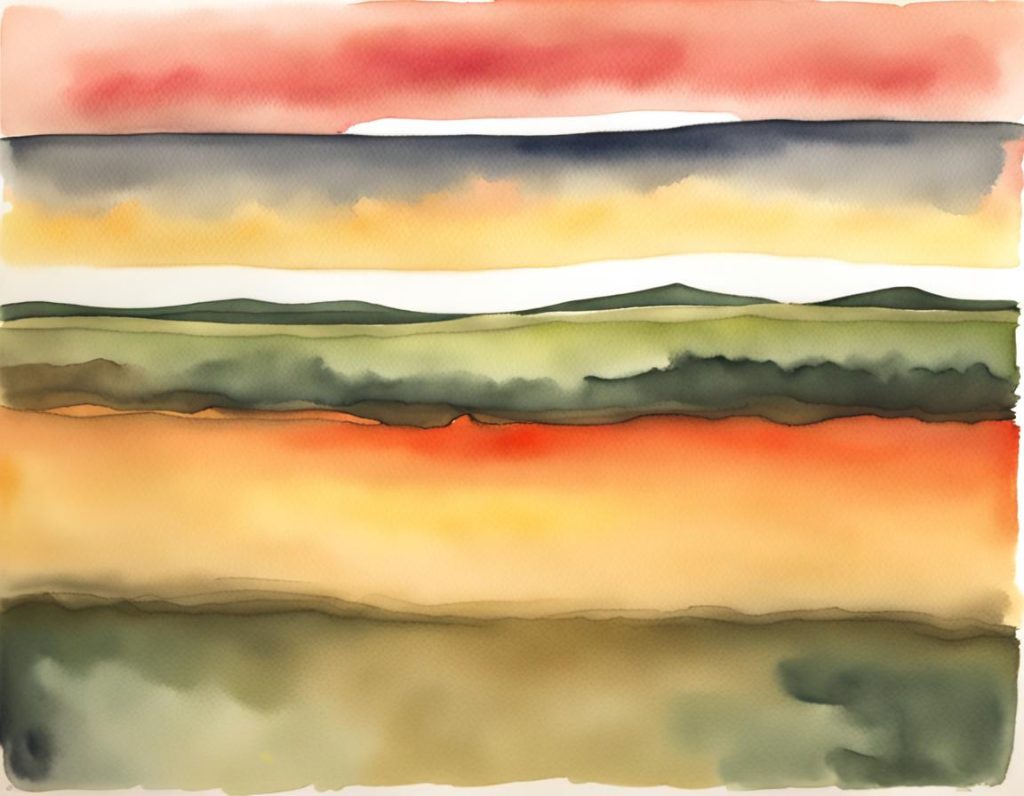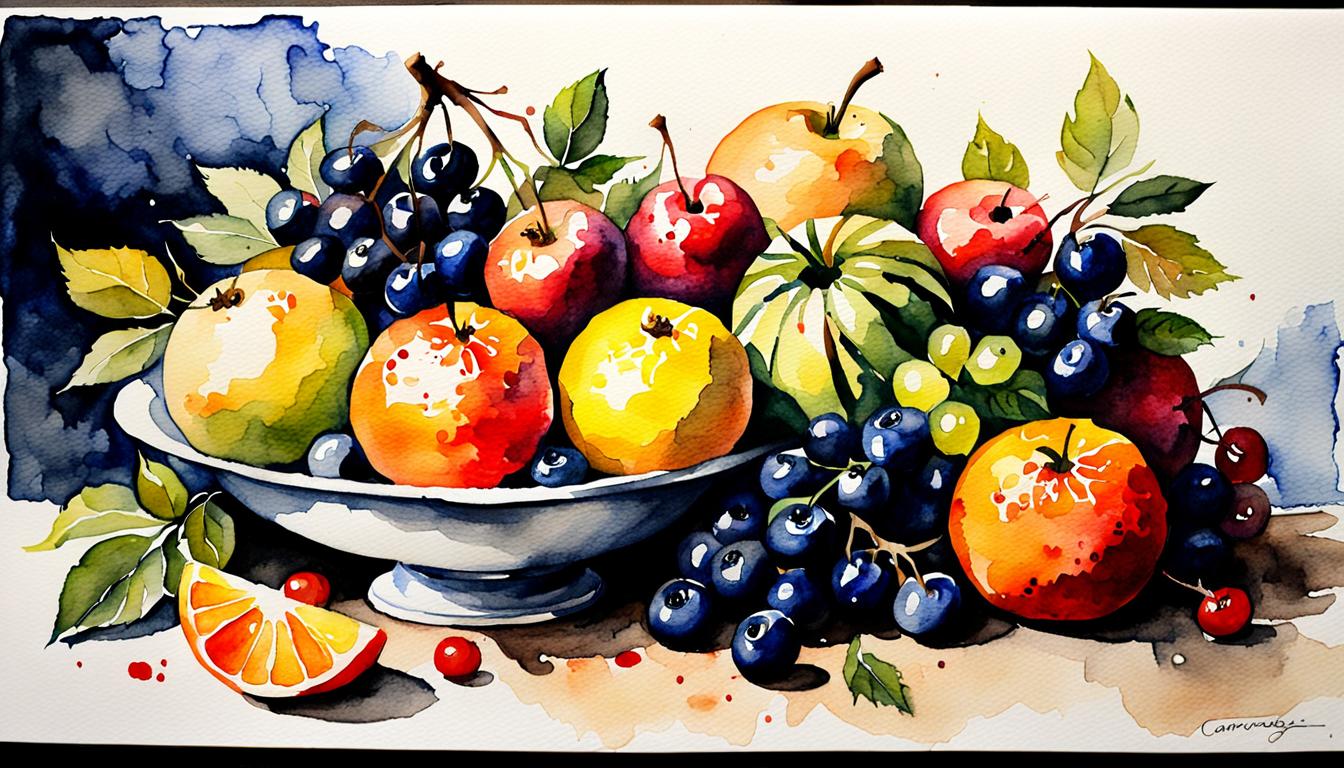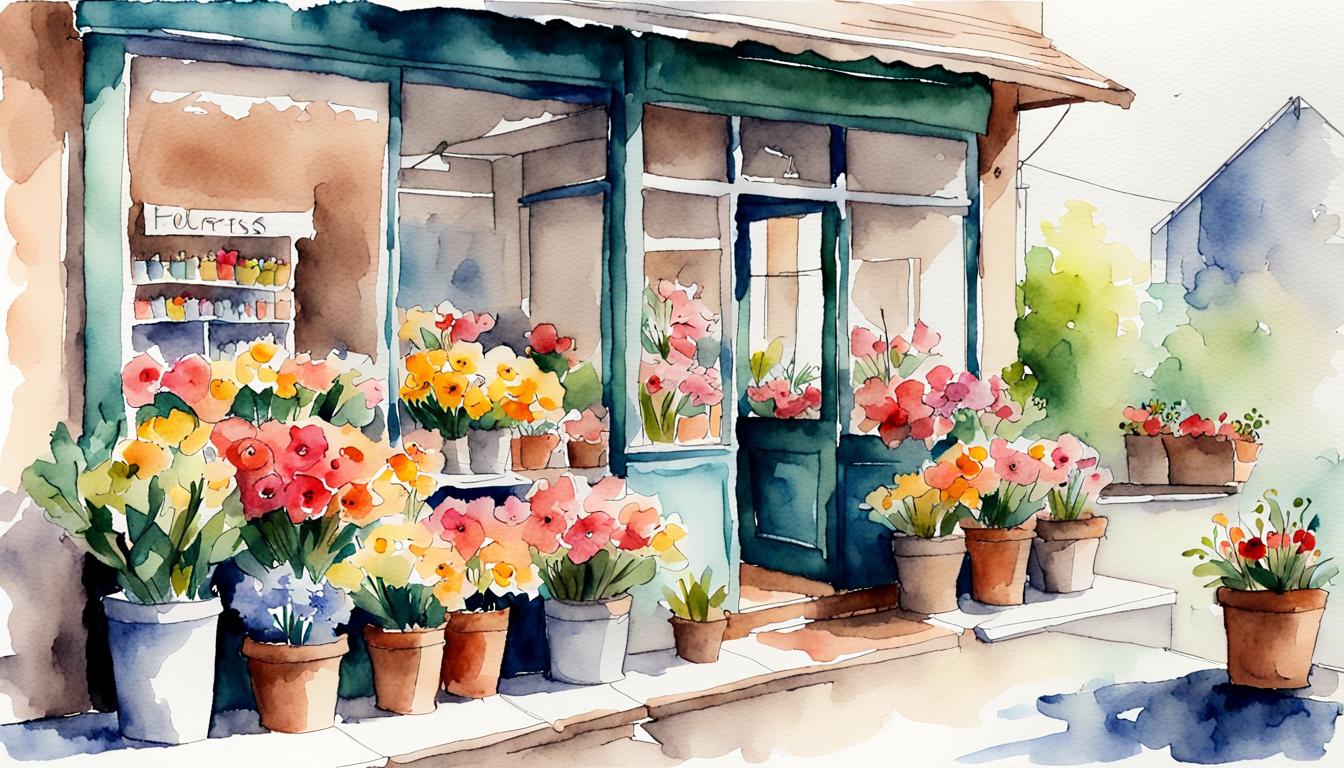Watercolor paintings have long been admired for their ethereal beauty and delicate brushwork. Artists have been using this medium for centuries to create stunning works of art that capture emotions, tell stories, and evoke deep feelings in the viewers. However, behind the apparent simplicity and tranquillity of watercolor paintings lies a hidden world of symbolism and meaning. In this article, we will delve into the secrets of watercolor symbolism and uncover the hidden messages in Watercolor Art that artists embed in their artwork.
Unveiling Hidden Meanings in Watercolor Pieces
Watercolor paintings have a unique ability to convey emotions and ideas with subtlety and grace. Unlike other mediums that may rely on bold and vibrant colors, watercolor artists use delicate washes and translucent layers to create their compositions. It is in these subtle details that the hidden meanings and symbols come to life.

One of the most common symbols in watercolor paintings is the use of flowers. Each flower has its significance and can convey a range of emotions, from love and beauty to melancholy and grief. For example, a red rose is often associated with love and passion, while a white lily may symbolize purity and innocence. By incorporating flowers into their artwork, artists can add another layer of meaning to their paintings and evoke specific emotions in the viewers.

Another prominent symbol in watercolor paintings is the use of animals. Different animals can represent various qualities or traits. For instance, a butterfly is often associated with transformation and rebirth, while a lion may symbolize strength and power. By including these animals in their artwork, artists can communicate specific messages and invoke certain feelings in the audience.
Water, as the primary medium itself, also holds symbolic meaning. It can represent tranquillity, freedom, or even uncertainty. The way the artist depicts water in their painting can further enhance the overall message and theme.

Symbolism Secrets in Watercolor Artwork
Understanding the symbolism in watercolor paintings requires careful observation and interpretation. Here are some key elements to consider when decoding the hidden meanings:
Colour palette: The colours chosen by the artist can convey important messages. For example, warm colours like red and orange may represent passion or energy, while cool colours like blue and green may evoke a sense of calm or tranquillity.
Composition: The arrangement of the elements within the painting can also hold symbolic significance. For instance, a figure placed in the centre of the canvas may represent balance and harmony, while a figure positioned off-centre may suggest imbalance or tension.
Subject matter: The subject matter chosen by the artist can provide valuable insights into the hidden meanings of the painting. For example, a landscape painting may symbolize a sense of longing or nostalgia, while a portrait may reveal the inner emotions and thoughts of the subject.
Brushwork: The style of brushwork employed by the artist can influence the overall mood and message of the painting. Loose and expressive brushstrokes may convey a sense of freedom and spontaneity, while precise and detailed brushwork may suggest control and precision.
Context: The historical and cultural context in which the artwork was created can also shape its symbolism. Artists often draw inspiration from their surroundings, incorporating cultural symbols and references that resonate with the intended audience.
Personal interpretation: Ultimately, the interpretation of a watercolor painting’s symbolism is subjective and can vary from person to person. The viewer’s personal experiences, emotions, and beliefs can play a significant role in how they perceive and understand the hidden messages within the artwork.
As an artist or painter, being aware of the symbolism in watercolor paintings can enhance your own creative process. By incorporating meaningful symbols and messages into your artwork, you can create a deeper connection with your audience and evoke powerful emotions. Whether you choose to embrace existing symbols or create your own, the possibilities for hidden meanings in watercolor art are endless.
Examples of Symbolism in Art
Symbolism in watercolor art has been used by many famous artists to convey deeper meanings, emotions, and messages through their work. Here are some examples:

- Winslow Homer: Winslow Homer, an American landscape painter and printmaker, is known for his marine subjects. He often used symbolism in his watercolor paintings to depict complex social and political issues of his era. For instance, in his painting “The Gulf Stream,” Homer symbolizes the struggle between humans and nature, and humankind’s relationship with nature. In another painting, “A Good Shot, Adirondacks,” Homer uses the scene of a hunter and his prey to symbolize death and the precarious relationship between humans and nature.
- Paul Sandby: Known as the father of water painting, Paul Sandby was an English watercolor artist of the eighteenth century. His painting “Cathedral of Llandaff” is a perfect exemplar of his style, which often used symbolism to convey deeper meanings
- The Nabis: The Nabis were a group of Post-Impressionist avant-garde artists who set the pace for fine arts and graphic arts in France in the 1890s. They used basic symbols and shapes in their watercolor paintings to convey meaning. For instance, they used the Christian cross, black for mourning, red for the blood of sacrifice, and the upward movement towards light and resurrection to symbolize various themes and emotion
- Mark Rothko: Mark Rothko, an American abstract expressionist artist, used color symbolism in his large watercolor paintings to convey powerful messages and emotions. He encouraged viewers to stand close to his paintings so that they became spiritually immersed in the experience of color.
These artists have used symbolism in their watercolor art to convey powerful messages and emotions, enriching both the creative process and the appreciation of the finished artwork.
Next time you gaze upon a watercolor painting, take a moment to look beyond its surface beauty and dive into the rich world of symbolism that lies beneath. By interpreting these hidden messages, you can truly appreciate the depth and complexity of watercolor art.


